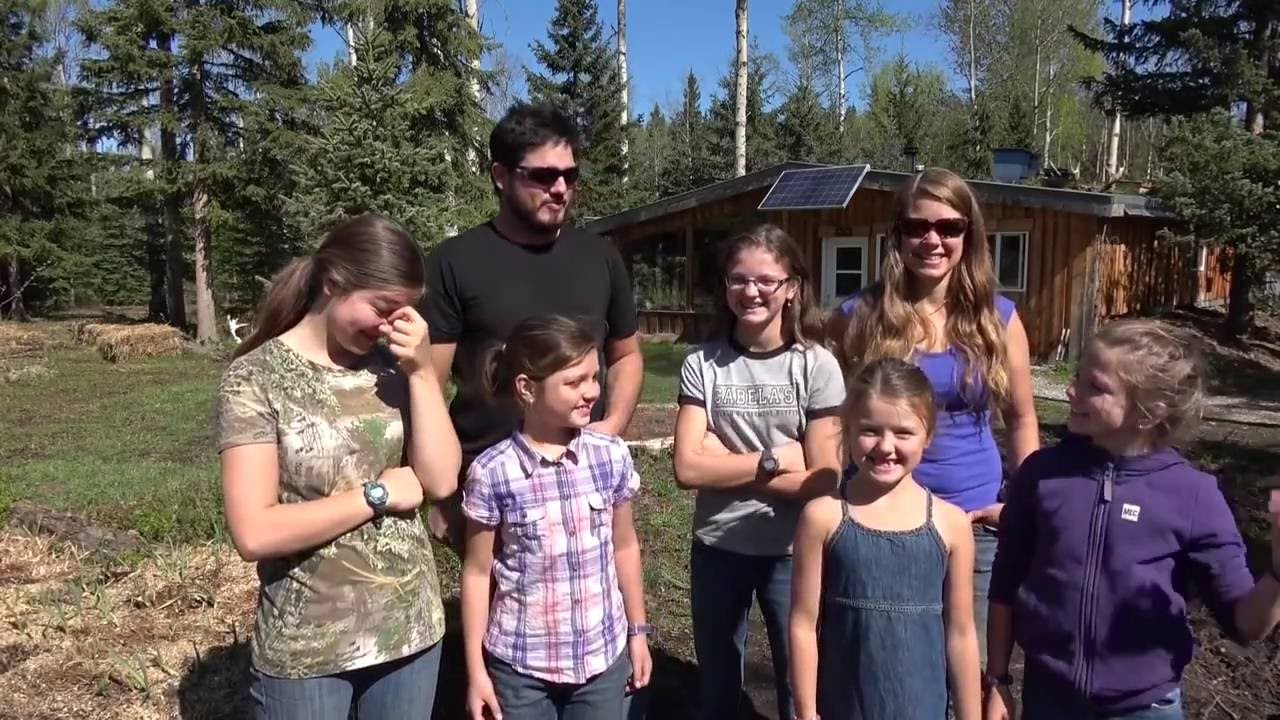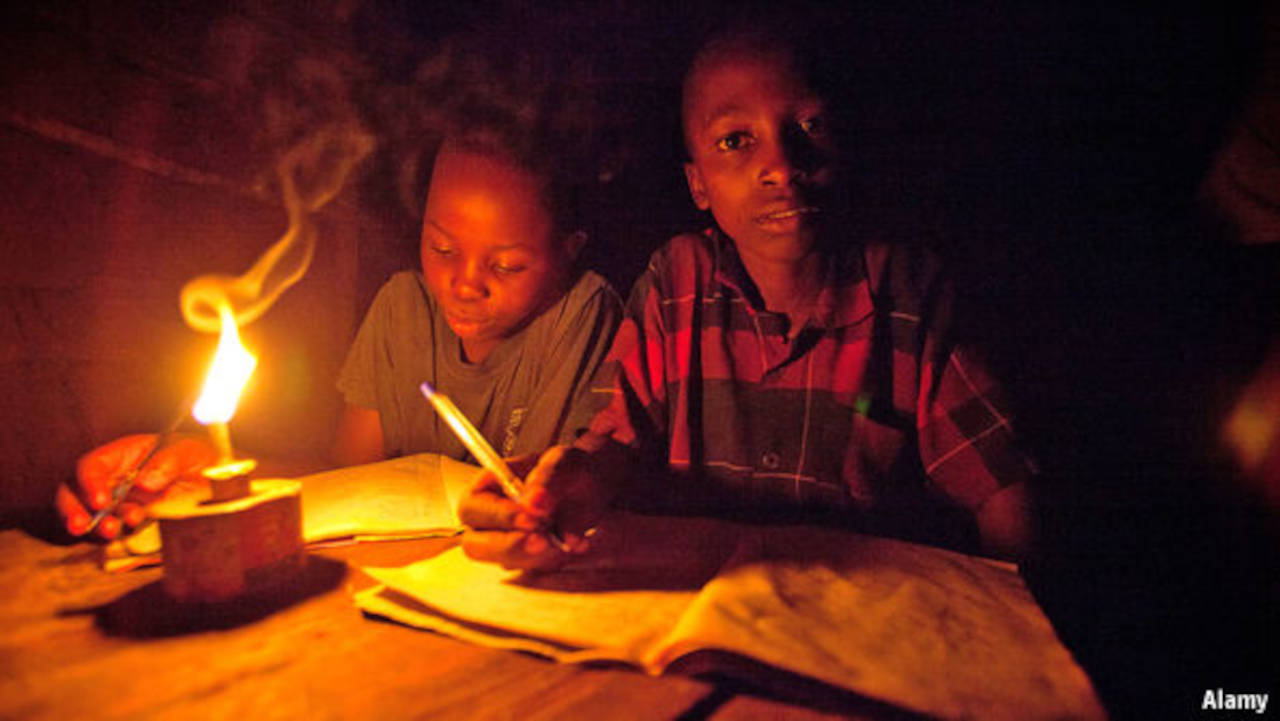Off grid living Canada is gaining traction as more people seek self-sufficiency and a simpler lifestyle. This pursuit, however, presents unique challenges and opportunities, demanding careful consideration of legal frameworks, resource management, and sustainable practices. From navigating complex land ownership regulations to mastering renewable energy solutions and ensuring food security, the journey to off-grid living in Canada requires meticulous planning and preparation.
This guide delves into the multifaceted aspects of off-grid living in Canada, providing insights into legal requirements, infrastructure development, building considerations, food production strategies, community engagement, financial planning, and safety protocols. We aim to equip aspiring off-grid dwellers with the knowledge necessary to make informed decisions and successfully navigate this increasingly popular lifestyle choice.
Building and Construction Considerations for Off-Grid Homes in Canada: Off Grid Living Canada
Building an off-grid home in Canada presents unique challenges due to the country’s diverse and often harsh climate. Successful construction requires careful consideration of building materials, techniques, and energy efficiency strategies tailored to the specific region. This necessitates a robust understanding of local resources and environmental factors.
Suitable Building Materials for Canadian Off-Grid Homes
The selection of building materials is crucial for longevity and energy efficiency in Canada’s varied climates. Locally sourced materials minimize transportation costs and environmental impact. For example, timber framing using sustainably harvested lumber is a common and effective choice, offering excellent insulation properties. In regions with abundant clay, rammed earth construction provides a naturally insulating and durable option.
Stone, readily available in mountainous areas, offers exceptional durability and thermal mass. Insulation is paramount; consider using cellulose insulation (recycled paper), straw bales (requiring appropriate treatments), or sheep’s wool for excellent thermal performance and reduced environmental footprint. For roofing, metal roofing is durable and weather-resistant, while locally sourced slate or cedar shingles offer aesthetically pleasing alternatives where appropriate.
Off-Grid-Friendly Building Techniques
Several building techniques are particularly well-suited for off-grid living in Canada. Earth-sheltered homes, partially or fully buried underground, leverage the earth’s thermal mass to regulate temperature, significantly reducing heating and cooling needs. This design minimizes exposure to harsh weather conditions and provides inherent insulation. Tiny homes, characterized by their small footprint, offer affordability and reduced material consumption.
For descriptions on additional topics like off grid living kitchen, please visit the available off grid living kitchen.
Their smaller size makes them easier to heat and cool efficiently, crucial for off-grid living. Prefabricated or modular construction can streamline the building process, allowing for quicker completion and potentially reduced labor costs. These techniques can be adapted to suit different climatic zones and resource availability across Canada.
Designing an Energy-Efficient Off-Grid Dwelling for a Specific Canadian Climate
Designing an energy-efficient off-grid home requires a climate-specific approach. For a Maritime climate (e.g., Nova Scotia), a design prioritizing wind and rain protection is essential. This could involve a tightly sealed building envelope with high-performance windows and doors, alongside a robust roof system. In Prairie climates (e.g., Saskatchewan), passive solar design becomes crucial, maximizing solar gain in winter and minimizing it in summer.
This can be achieved through strategic window placement and thermal mass materials. In mountainous regions (e.g., British Columbia), considerations for snow load and seismic activity are paramount, requiring robust structural design and appropriate building materials. Regardless of the climate, incorporating renewable energy sources like solar panels, wind turbines, and geothermal heating is vital for an effective off-grid system.
A well-insulated building envelope reduces energy demands, making the renewable energy system more manageable. A detailed plan encompassing energy audits and simulations is crucial for optimal design.
Essential Tools and Equipment for Off-Grid Construction
Successfully completing an off-grid construction project requires a comprehensive set of tools and equipment. Basic hand tools such as hammers, saws, screwdrivers, and levels are fundamental. Power tools, including drills, circular saws, and a nail gun, significantly improve efficiency. Specialized tools may be necessary depending on the chosen building techniques. For example, rammed earth construction requires specific compaction equipment.
Material handling equipment, such as wheelbarrows and possibly a small excavator or skid steer, depending on the scale of the project, will greatly assist in moving materials. Safety equipment, including hard hats, safety glasses, and work gloves, is non-negotiable. Access to a reliable source of water is essential for mixing concrete or mortar. Finally, transportation for materials and equipment is a critical logistical consideration, often requiring the use of a truck or trailer, especially in remote locations.
Community and Social Aspects of Off-Grid Living in Canada

The allure of off-grid living in Canada often involves a romanticized vision of self-sufficiency and connection with nature. However, the reality presents a complex interplay of challenges and benefits, significantly shaped by the social and community aspects of this lifestyle choice. Successfully navigating this aspect requires careful planning, resourcefulness, and a proactive approach to building and maintaining relationships.
Challenges of Isolated Off-Grid Living
Isolation is a significant hurdle for many off-grid residents. Limited access to immediate social interaction, coupled with the potential for emergencies requiring rapid response, necessitates robust self-reliance and preemptive planning. Furthermore, the geographical remoteness of many off-grid locations can create barriers to accessing essential services like healthcare and education, particularly for families with children. The lack of readily available social support networks can also lead to feelings of loneliness and isolation, impacting mental well-being.
The unpredictable nature of Canadian weather further exacerbates these challenges, potentially leading to periods of confinement during harsh winters or severe storms.
Benefits of Off-Grid Community Connection
Despite the challenges, the benefits of connecting with a like-minded off-grid community can be substantial. Shared experiences, knowledge exchange, and mutual support systems foster resilience and a sense of belonging. Collective action can address common issues such as infrastructure development, resource sharing, and advocacy for off-grid interests. The strong bonds forged within such communities often lead to a richer, more fulfilling life, mitigating the feelings of isolation that can otherwise plague remote living.
This shared sense of purpose and mutual reliance builds a strong social fabric that contributes to the overall well-being of community members.
Resources and Support Networks for Off-Grid Residents
While geographically dispersed, several resources and support networks exist for off-grid residents in Canada. Online forums and social media groups connect individuals across the country, facilitating knowledge sharing and peer support. Provincial and territorial governments often have programs or initiatives aimed at supporting rural and remote communities, which can indirectly benefit off-grid residents. Organizations dedicated to sustainable living and self-sufficiency provide educational resources, workshops, and networking opportunities.
Local community groups, even in sparsely populated areas, can sometimes provide crucial support, whether it be through informal assistance or organized initiatives.
Strategies for Building Relationships While Maintaining Independence
Building positive relationships with neighbours and local communities is crucial for successful off-grid living. Active participation in local events and initiatives demonstrates engagement and fosters a sense of belonging. Offering assistance to neighbours, sharing skills or resources, and participating in community discussions contribute to building trust and reciprocal relationships. Open communication is key; proactively addressing any concerns or potential conflicts helps prevent misunderstandings and fosters a spirit of collaboration.
Respecting the local environment and adhering to any relevant regulations demonstrates responsible citizenship and contributes to a positive community image.
Examples of Successful Off-Grid Communities
Several examples illustrate successful off-grid communities in Canada. While specific details vary, common strategies include collective resource management, shared infrastructure development (e.g., community-owned renewable energy systems), and strong internal communication networks. These communities often prioritize education and skills-sharing, fostering self-reliance and preparedness among members. A focus on environmental stewardship and responsible land management ensures long-term sustainability. The success of these communities underscores the importance of collaboration, planning, and a shared commitment to sustainable living.
Analyzing these models reveals valuable insights for aspiring off-grid communities.
Safety and Preparedness for Off-Grid Living in Canada
Embarking on off-grid living in Canada presents unique challenges, demanding a proactive approach to safety and preparedness. The vast and varied Canadian landscape, encompassing everything from dense forests to frigid mountains, exposes residents to a range of potential hazards absent in urban settings. A comprehensive understanding of these risks and the implementation of robust safety measures are paramount for successful and secure off-grid living.
Potential Safety Hazards Associated with Off-Grid Living in Canada, Off grid living canada
The Canadian wilderness presents a diverse array of potential dangers. Wildlife encounters, ranging from encounters with bears and moose to smaller, yet potentially dangerous animals like snakes and venomous spiders, are a significant concern. Extreme weather conditions, including blizzards, freezing rain, and wildfires, pose serious threats to life and property. Furthermore, the isolation inherent in off-grid living means emergency services may be significantly delayed or inaccessible.
Other hazards include potential for accidents related to operating generators, handling propane, and managing water sources. The lack of readily available medical care also demands a higher level of self-sufficiency in terms of first aid and medical preparedness.
Essential Safety Equipment and Supplies for an Off-Grid Home in Canada
A well-stocked emergency kit is crucial for off-grid survival. This should include a comprehensive first-aid kit with advanced supplies, sufficient food and water for at least 72 hours (ideally longer), a reliable communication device (satellite phone or two-way radio), a well-maintained generator with ample fuel, winter clothing suitable for extreme conditions, tools for shelter repair and construction, a reliable water purification system, a map and compass, a well-stocked fire starting kit, and personal protective equipment (PPE) such as gloves and safety glasses.
Furthermore, a comprehensive inventory of spare parts for essential equipment is highly recommended, as access to replacement parts will likely be delayed.
Emergency Preparedness Plan for Various Scenarios
A detailed emergency preparedness plan is essential. This plan should address potential scenarios such as power outages (including strategies for alternative heating and lighting), natural disasters (evacuation routes, shelter locations, communication protocols), and medical emergencies (first-aid procedures, emergency contact information, transportation arrangements). Regular drills simulating these scenarios can enhance preparedness and ensure the plan’s effectiveness. For example, a wildfire evacuation plan should include designated escape routes, pre-packed emergency bags, and a communication system to alert family members.
Similarly, a blizzard plan should include sufficient food and water, provisions for staying warm, and procedures for dealing with potential power outages and snow removal.
Securing an Off-Grid Property and Protecting Against Theft or Vandalism
Securing an off-grid property is paramount. This involves installing robust security systems, including alarm systems, motion-sensor lights, and strong locks on all doors and windows. Consider employing surveillance cameras, particularly if the property is remotely located. Furthermore, establishing a strong presence in the community and building relationships with neighbours can deter potential intruders. Regular property inspections, even when away, are crucial.
Consider using a trusted neighbour or friend to check the property while absent. Implementing strategies like security lighting and strategically placed signage can also help deter crime.
Embarking on off-grid living in Canada is a significant undertaking, demanding resourcefulness, resilience, and a deep respect for the environment. While challenges undoubtedly exist, the rewards—self-sufficiency, connection with nature, and a simpler way of life—can be profoundly fulfilling. By carefully weighing the legal, logistical, and financial considerations, and by building strong community ties, individuals and families can successfully create thriving and sustainable off-grid homesteads across the diverse landscapes of Canada.



